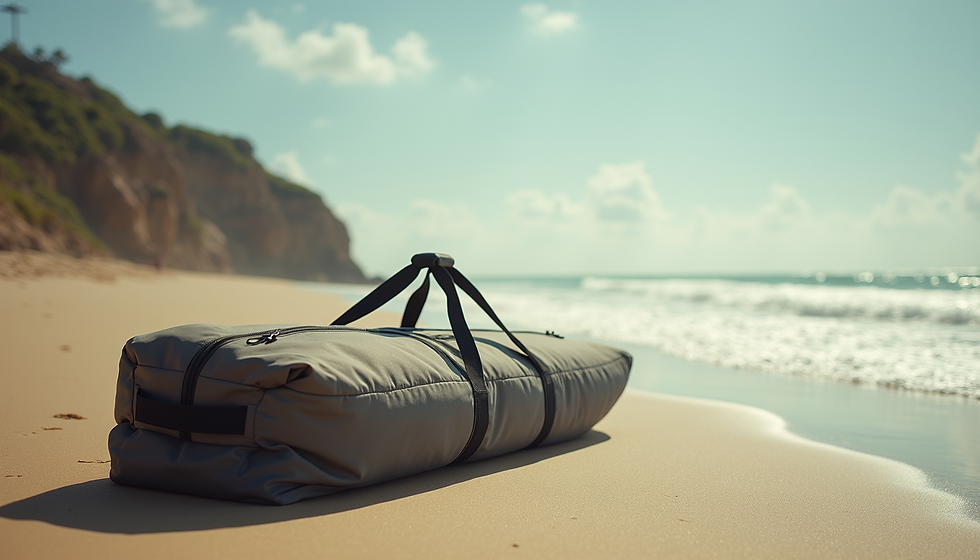Unleashing the Power of the Deep Blue: Surfers Dive into the Unknown Benefits of Cold Water Therapy
- Joshua Moore
- Feb 21
- 2 min read
Surfing is not just about catching waves; it’s also about embracing the ocean's icy embrace. Cold water therapy has recently gained popularity among surfers for its impressive physical and mental benefits. As surfers explore this invigorating practice, let's look at the science behind it, practical ways to integrate it into surf training, and personal stories that showcase its advantages.
Understanding the Science Behind Cold Water Therapy
Cold water therapy, also known as hydrotherapy, operates on the principle that exposure to cold can enhance well-being. Research indicates that cold exposure can reduce inflammation by up to 30%, increase circulation, and boost mood by stimulating endorphin production. For surfers, these effects mean faster recovery and improved performance in the water.
When exposed to cold water, the body initiates a survival response that enhances the autonomic nervous system. This response helps surfers adapt to the physical stress of unpredictable ocean conditions and improves overall resilience.
Tips for Incorporating Cold Water Therapy into Surf Training Routines
Start Gradually
For beginners, begin with short sessions in water colder than 60°F. Over time, try to extend your time in the cold by a few minutes each week. This gradual adaptation can make the experience more manageable and comfortable.
Alternate Between Hot and Cold
Switching between hot and cold can amplify your recovery. After surfing, take a hot shower for a few minutes, then immerse yourself in cold water for 1-3 minutes. This contrast can boost blood flow and help reduce muscle soreness by nearly 20%.
Plan Around Surf Sessions
Incorporate cold exposure right after surfing. A brisk dip in the ocean can relieve sore muscles and reduce inflammation quickly. Studies show that cold exposure post-exercise can improve recovery time by about 40%.
Use Cold Plunges or Ice Baths
If ocean exposure isn't feasible, consider an ice bath or cold plunge. Fill a tub with ice and water and stay submerged for 10-15 minutes; this method is known to speed up recovery and is used by athletes in many sports.

Personal Experiences with Cold Water Therapy in Surfing
Surfers have shared inspiring stories about incorporating cold water therapy into their routines. One surfer noted that consistent cold exposure improved her endurance, allowing her to paddle for hours without fatigue. Another surfer described the rush of energy he felt after emerging from cold waters, claiming it clears his mind and prepares him for the next waves. Such testimonials echo across the surfing community, highlighting the ritual's communal benefits.
From enhanced immune function to improved mental clarity, the anecdotal evidence around cold water therapy resonates deeply with surfers. These shared experiences create a bond among those who embrace the refreshing chill together.
Embracing the Depths of Cold Water Therapy
As surfers learn to embrace the ocean's chill, cold water therapy emerges as a unique tool for improving performance and recovery. By understanding its science, incorporating it into training, and sharing personal stories, surfers can strengthen their community and enhance their experiences. Whether you are just starting your surfing journey or are a seasoned pro, consider taking the plunge into cold water therapy. Experience the potential that awaits you in those icy waters!




Comments